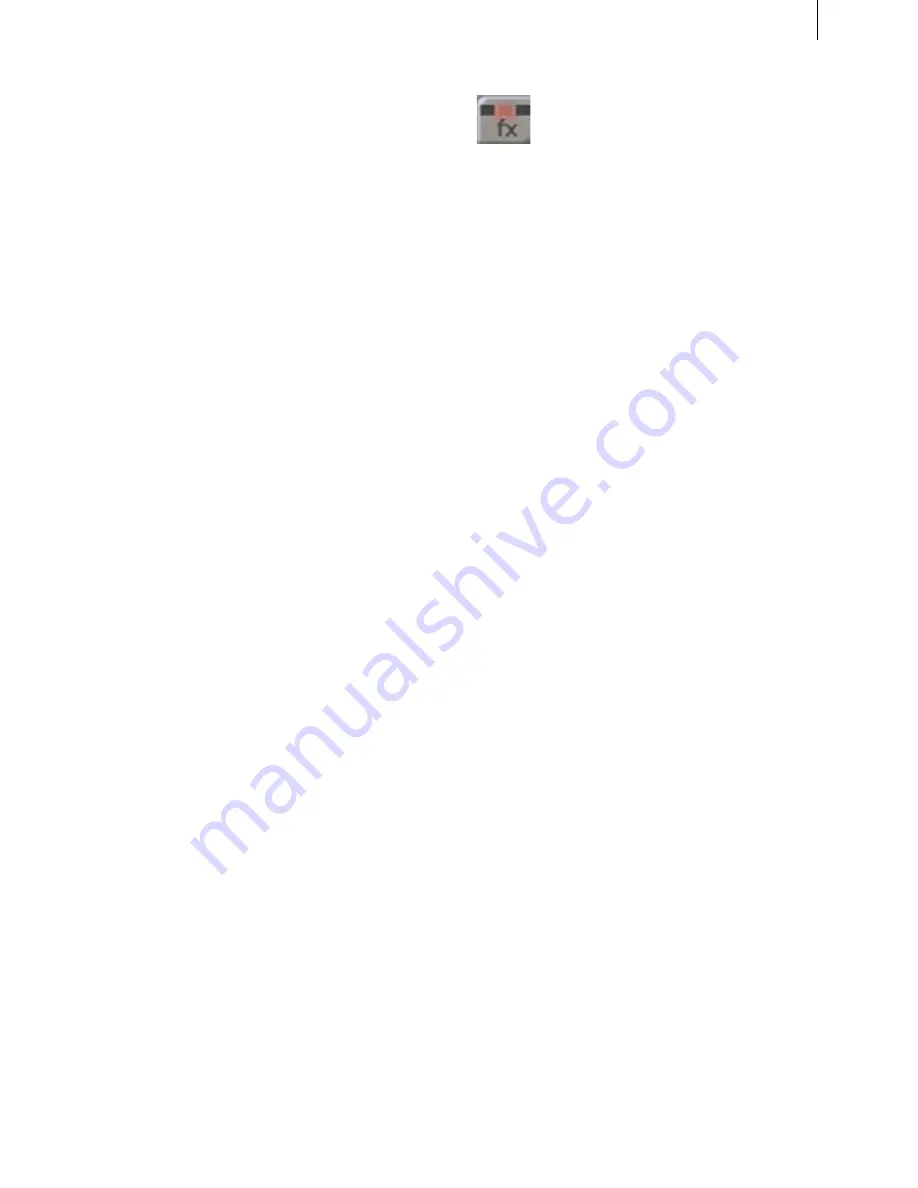
26
27
storyboard is outlined in red after a click on
"
Add
". This means that the effect has to be created
before it can be viewed.
However, you can preview the effect to decide if
you really want to use it. Click on the "
Preview
"
button below the storyboard. A screen will open
in which one second before the effect, the effect
itself, and one second after the effect is played.
For a few of the complex effects, the preview may
wobble a bit, because the number frames per
second is reduced. However, this will not occur in
the actual transition once created.
For some of the special effects (e.g. "
Backward
")
the preview may be slower than the final
calculated effect. Of course, you can also choose
the other settings for type, direction, and number,
and observe these with the preview.
When you are satisfied with the effect, click on
the "
Create
" button below the storyboard to the
right. A screen opens so that you can follow the
creation (with a blue progress bar and actual
video preview).
After a few seconds the effect has been created.
The outline of the effect symbol in the storyboard
now appears blue instead of red. Now the effect
can be viewed by clicking on the
Play
symbol.
One second before the effect, the effect itself, and
one second after the effect is played.
If the effect appears to you to be too fast or too
slow, then you can change its speed by changing
its duration. The default setting is 1 second, but
you can click to the left above on the button dis-
playing the effect duration. This opens a screen in
which you can set the effect duration exactly with
a slider. The effect must then be recreated.
Image Processing effects
After all transition effects have been inserted and
created (all symbols are outlined in blue), you
can move on to
Image Processing
effects. These
effects change an individual scene partially or over
its entire duration. Exit the
Transitions
screen
and go to the
Image Processing
screen by clicking
on the following menu symbol:
At first glance everything looks just as it did in
the
Transitions
screen. But now you find only
one active scene in the center of the storyboard,
exactly as in the
Edit
screen. This scene represents,
approximately, that portion of the storyboard to
which you want to apply the
Image Processing
effect. When initially added to the scene, the effect
will last the duration of the entire scene. You may
make frame-accurate changes to the range of the
effect, if desired.
Image Processing
effects modify a freely definable
section of the storyboard. For example, the entire
scene may be to be brightened. In the following
tutorial you will transform a scene in the story-
board into a moving charcoal drawing.
First, select a scene in the storyboard to which you
would like to add the effect. The scene should not
contain any transition effects.
Click on the effect list and scroll to the desired
effect (exactly as with transition effects). For this
tutorial select the effect
Lineart
. This effect causes
the video picture to appear as a black-and-white
drawing. In the field to the right next to the selec-
tion list you can specify the desired
Contrast
with
values between
1
and
8
. (The higher the contrast,
the stronger the difference between light and dark
portions of the scene.) Once you have done this,
click on "
Add
".
Now you can observe the scene with the inserted
effect by clicking on "
Preview
". It will now look
like a moving charcoal drawing!
Click on the duration display after the effect has
been added, and you will see a screen in which
you can specify the desired duration of the effect.
For more information see
Reference 5.8
(
Image
Processing effects
).
If you like the effect, you can create it. Clicking on
the
Play
button below the storyboard causes the
exact length of the effect to be played.
Now exit this menu by clicking on the right track-
Содержание Prestige
Страница 1: ...Casablanca Prestige User manual ...
Страница 20: ...20 ...
Страница 40: ...40 ...
Страница 88: ......






























